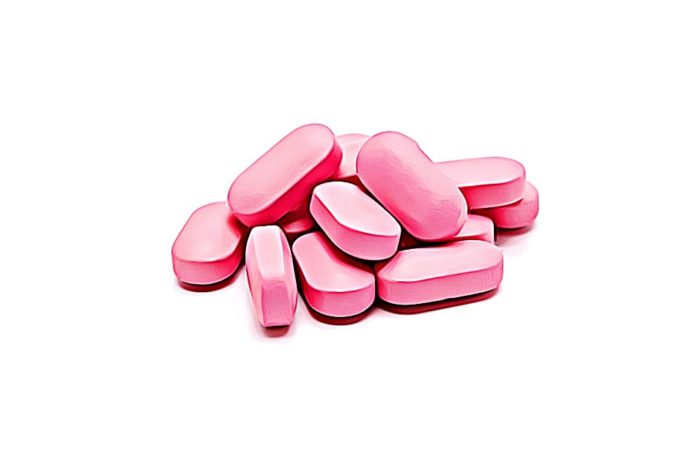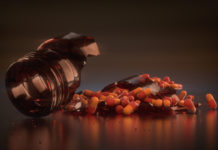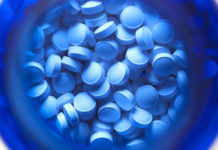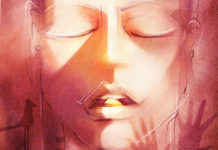When a person’s hypersensitivity hits and uncomfortable symptoms like rash, itching, watery eyes, scratchy throat, runny nose, and cough start to manifest into a full-blown allergic reaction, people only want to seek relief from over-the-counter drugs like an antihistamine. Benadryl is one of the go-to branded versions that help ease allergic symptoms, though it can also be effective at soothing motion sickness and insomnia.
What is Benadryl, and What Is It Used For?
Also known as diphenhydramine in its generic form, this is an over-the-counter medication under the class of drugs called Antihistamines—specifically, the first generation of Antiemetic Agents. You can take this prescription drug in various forms, like oral tablets, oral liquid-filled capsules, oral chewable tablets, oral liquid solution, topical cream, topical gel, topical spray, or a topical stick.
Seeing as it’s classified as an antihistamine, it’s no surprise that Benadryl is popularly used to relieve hay fever, other forms of allergies, the common cold, and itchy skin. Speaking of which, its anti-inflammatory and calming properties make Benadryl the primary choice for treating conditions like hives.
What are the Active Ingredients in Benadryl?
Benadryl contains one active ingredient called diphenhydramine, hence its generic name, though it’s only reserved as an antihistamine. But there are also other versions of Benadryl that make contain other active ingredients, such as the following:
- Benadryl Allergy Plus Congestion – diphenhydramine (antihistamine) and phenylephrine, a decongestant;
- Benadryl Itch Stopping Cream – diphenhydramine (antihistamine) and zinc, a skin protectant;
- Benadryl Itch Cooling Gel – diphenhydramine (antihistamine) and camphor, a pain reliever for the skin.
What are the Side Effects of Benadryl?
While relieving at first, many drugs can still facilitate alarming side effects that range from mild to grave. Normally, taking this medication can pave the way for the following adverse effects:
- Sleepiness
- Dry mouth
- Weakness
- Dizziness
- Headache
The side effects mentioned above should ease within a few days, though you should immediately seek medical attention if you notice the following:
- Decreased memory
- Impaired thinking
- Dementia
- Confusion
- Fast heartbeat
- Seizures
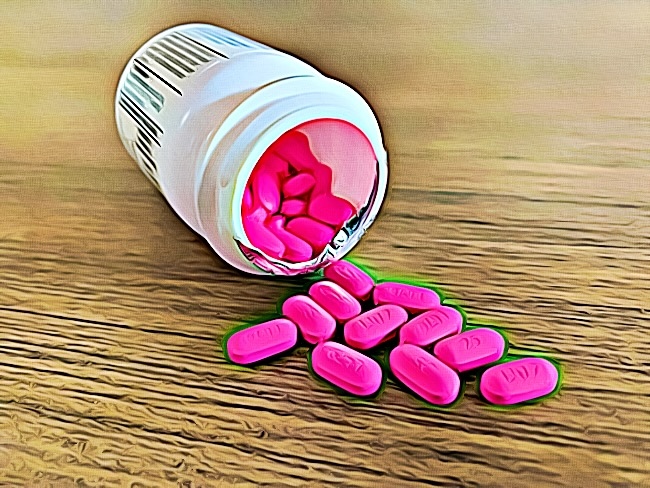
Benadryl Dosage: Is There a Risk of Overdose?
There are specific dosages every person should consider, and factors like your age, the version of Benadryl you’re taking, and the type of condition you’re treating will influence the appropriate amount for your needs.
Generally, the maximum dosage of oral Benadryl products should only cap at six times a day. So for adults and children beyond 12-years-old, that translates to 300 mg each day and 150 mg for children ages between 6-12-years-old. When it comes to topical forms of Benadryl products, both adults and children should only apply the cream, gel, or spray four times per day only.
When going beyond the recommended dosage, Benadryl can cause overdose and manifest the following concerning symptoms:
- Involuntary movements
- Blurred vision
- Decreased sweating
- Restlessness
- Nervousness and anxiety
- Confusion
- Hallucinations
- Heart arrhythmia
- Trouble breathing
- Seizure
- Coma
- Death
Do People Use Benadryl to Get High?
One of the more famous side effects of Benadryl is the sedation it delivers, but when taken beyond the optimal dosage, this allergy medication can mimic intoxicating sensations. Seeing as it’s an OTC drug, people tend to abuse it for its accessible high. Unfortunately, this is the kind of euphoric journey that can quickly plummet to fatal issues. Even if it doesn’t lead to overdose-related death, the serious repercussions can often be irreparable.
Taking Benadryl and Alcohol: Exploring the Extreme Threats to Your Health
If a person decides to take Benadryl with alcohol for any reason, it can result in one of the most detrimental mixes that compromise your central nervous system. This creates an encompassing sense of heightened sedation, one that decreases the heart rate, slows the breathing, unconsciousness, and the risk of progressing into a coma in extreme cases.
The loss of consciousness is one of the most concerning, particularly since people tend to abuse both substances while in the middle of an activity. So when you’re driving home, operating machinery, or even just walking around, the sudden blackout can result in accident-related injuries like head trauma.
Mixing Benadryl and alcohol can also lead to dehydration, which reaches a point when a simple glass of water will no longer do the trick. You’ll have to make the trip to the hospital as both substances can cause severe dehydration, along with long-term effects like memory impairment and a higher risk for dementia.
The Bottom Line: The Importance of Taking Benadryl Properly and Avoiding Conflicts with Other Substances
Benadryl is a prescription medication that can effectively treat a myriad of conditions like allergies and the common cold, but it can quickly procure dangerous results when abused. Overdosing on the drug can lead to fatalities in itself, but the risk of death increases significantly when you pair it with alcohol.
Sources:


